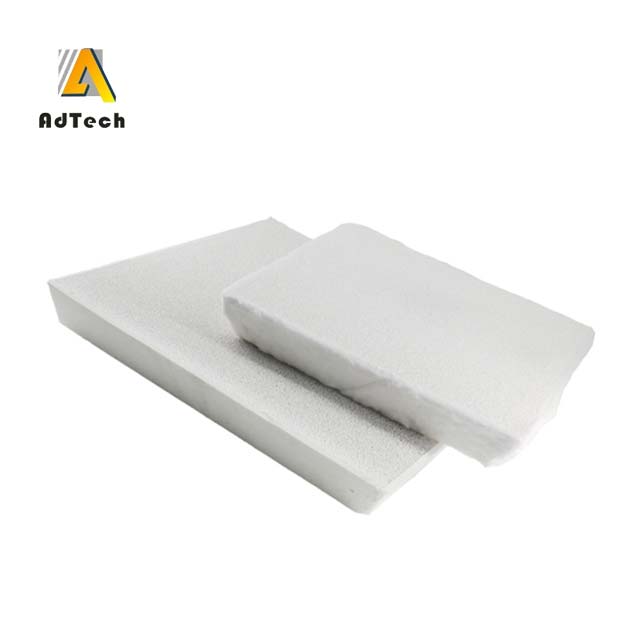
10 9月 Alu Filter Foundry
Alu Filter Foundry is a new type of porous ceramic material with a porosity of 80%-90% and a three-dimensional network skeleton structure and through-holes.
Alu Filter Foundry’s filtration and purification mechanism
1. Through mechanical filtration such as inertial collision interception and diffusion interception, friction, sedimentation, etc., the filtration efficiency is proportional to the pore size of the foam ceramics. The smaller the mesh, the stronger the retention of small particles.
2. With the deposition of particles in the melt and the deposition of the curved branch walls of the grid, the trapping capacity of the mixed phase particles increases with the increase of the deposition layer or the cake layer effect.
3. The rough surface formed due to the lack of gaps on the surface of the frame increases the interface between the flow of molten aluminum and the dignity of ceramic solids, making the flow direction of particles in the molten aluminum flow more disorderly, which is conducive to the capture and deposition of solid particles .
4. Due to the presence of micro-cracks and pinholes on the surface of the frame, fluoride with strong affinity for particles such as Al2O3 is pre-deposited, which promotes a complete cake effect and strong chemical adsorption, and enhances the capture of residual heteropoly particles ability.
In addition, from the point of view of the temperature field effect of the melting process and the transportation process of the metal melt, the bottom difference of the concentration of the alloy solute must be formed, and the metal melt is redistributed-integrated-redistributed-integrated, which is also a good Alloying process. Some high-melting metal phases and compounds recombine and grow, and the small impurities aggregate and grow, which is conducive to filtration and capture. This can also be explained by the changes in the concentration of H, Al2O3, Fe phase and Ti phase before and after filtration. Especially two-stage filtration or pore gradient thick plate filtration is more obvious.

Egypt aluminium introduced that fusion casting is the process of producing aluminum profiles.
According to the raw materials and product structure, a reasonable selection of the casting process of aluminum profiles is the key to ensuring product quality, reducing energy consumption, and improving production efficiency. So what is the melting and casting process of aluminum profiles? Let us take a look together.
1. Aluminum ingots: Before production, according to different alloys and different yields of aluminum ingots, sufficient aluminum ingots, magnesium ingots, silicon ingots, copper ingots and auxiliary materials are equipped.
2. Furnace loading: use a forklift to load the aluminum ingots, compound ingots and rod ends into the melting furnace.
3. Melting: After adding enough material in the furnace, use natural gas to heat up to 700-730℃, and then the aluminum ingot will melt into a liquid state.
4. Refining: adding various paving assistants to remove impurities in the aluminum water.
5. Put the molten aluminum: remove the plug of the drain port at the bottom of the furnace, and release the molten aluminum.
6. Casting: 25~35 seconds after the aluminum liquid is filled with the shunt plate, the cooling water is turned on. The casting speed is 70~80% of the normal speed, and the speed is raised to the normal speed after dropping by 40-50mm.
7. Homogenization: the aluminum rod is subjected to secondary homogenization treatment.
8. Saw bar: Remove the irregular parts at the front and rear ends of the aluminum bar.
9. Into the warehouse: The aluminum rods are bundled into the warehouse and placed.
Generally speaking, aluminum profile casting is to turn liquid aluminum into aluminum ingots, bars or other finished or semi-finished products through the processes of batching, stirring, standing, refining, and slagging. Melting and casting production is an extremely important process in the production of aluminum and aluminum alloy products. The quality of ingots directly affects the yield, quality and performance of subsequent profile products.


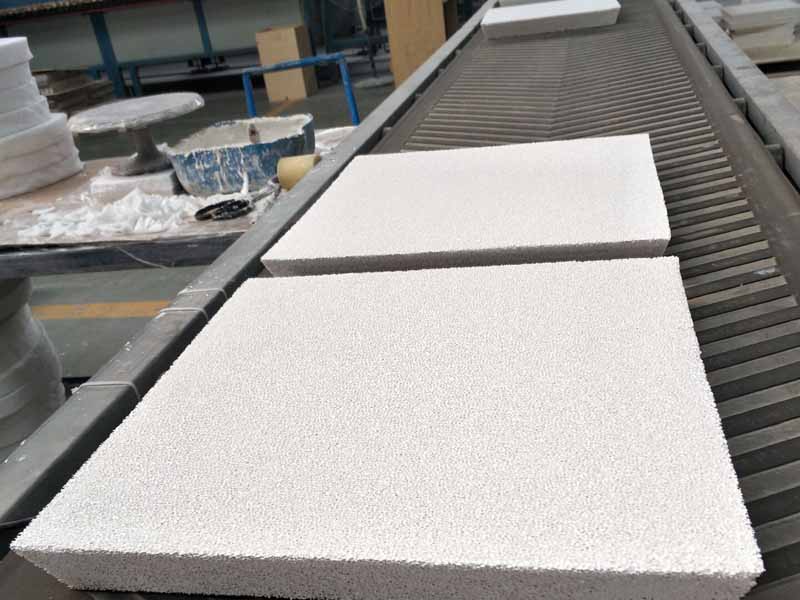
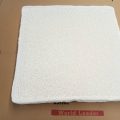
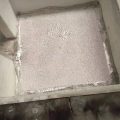

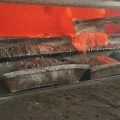
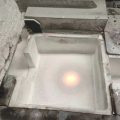
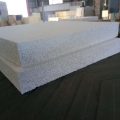
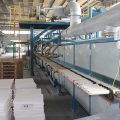
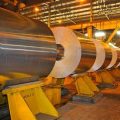
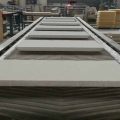
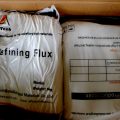
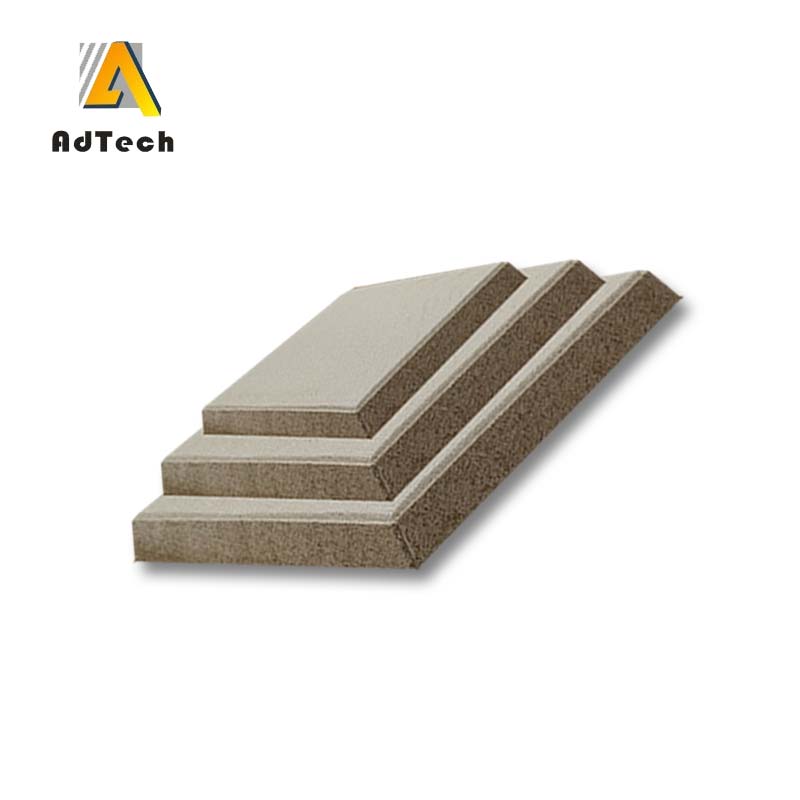
Sorry, the comment form is closed at this time.